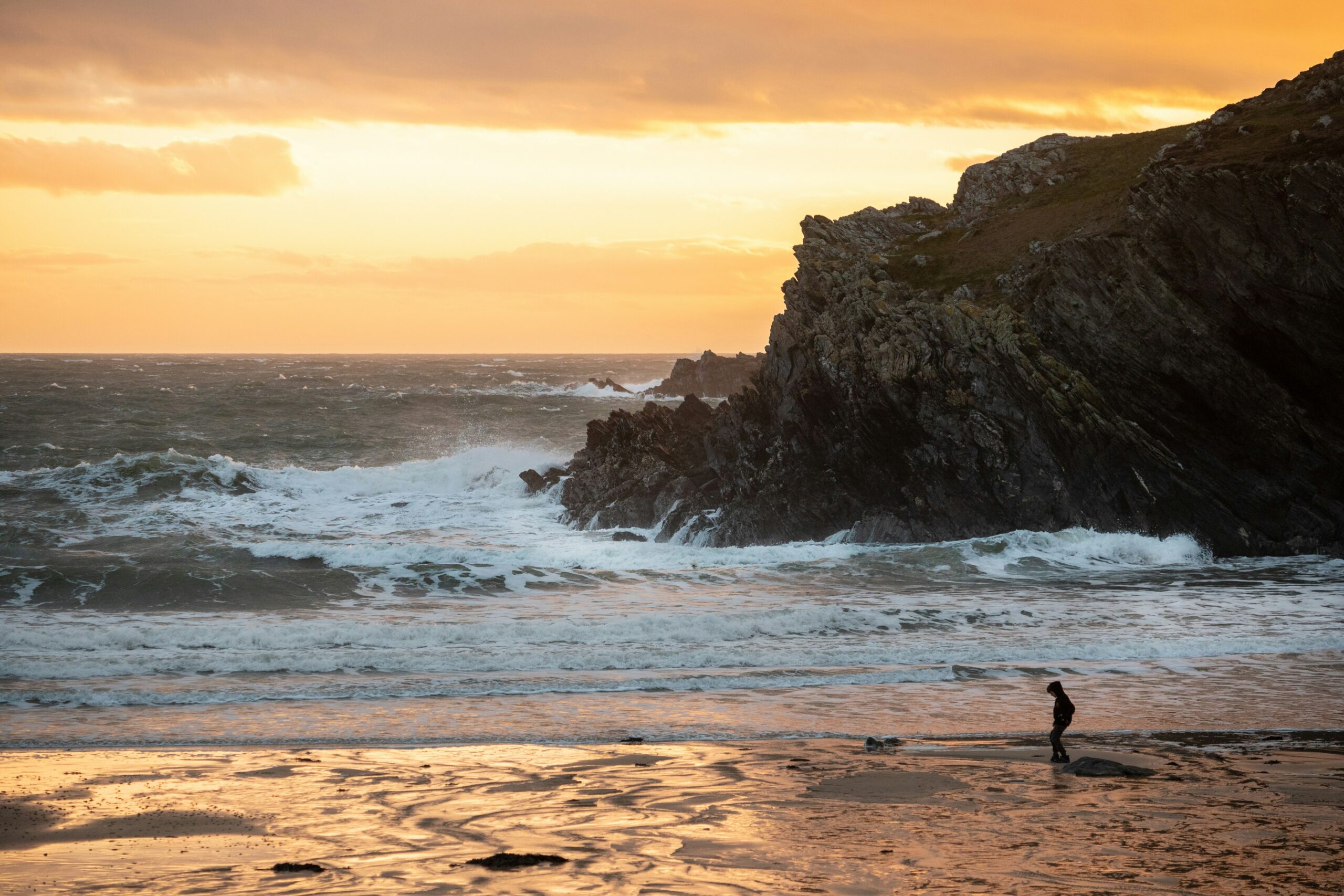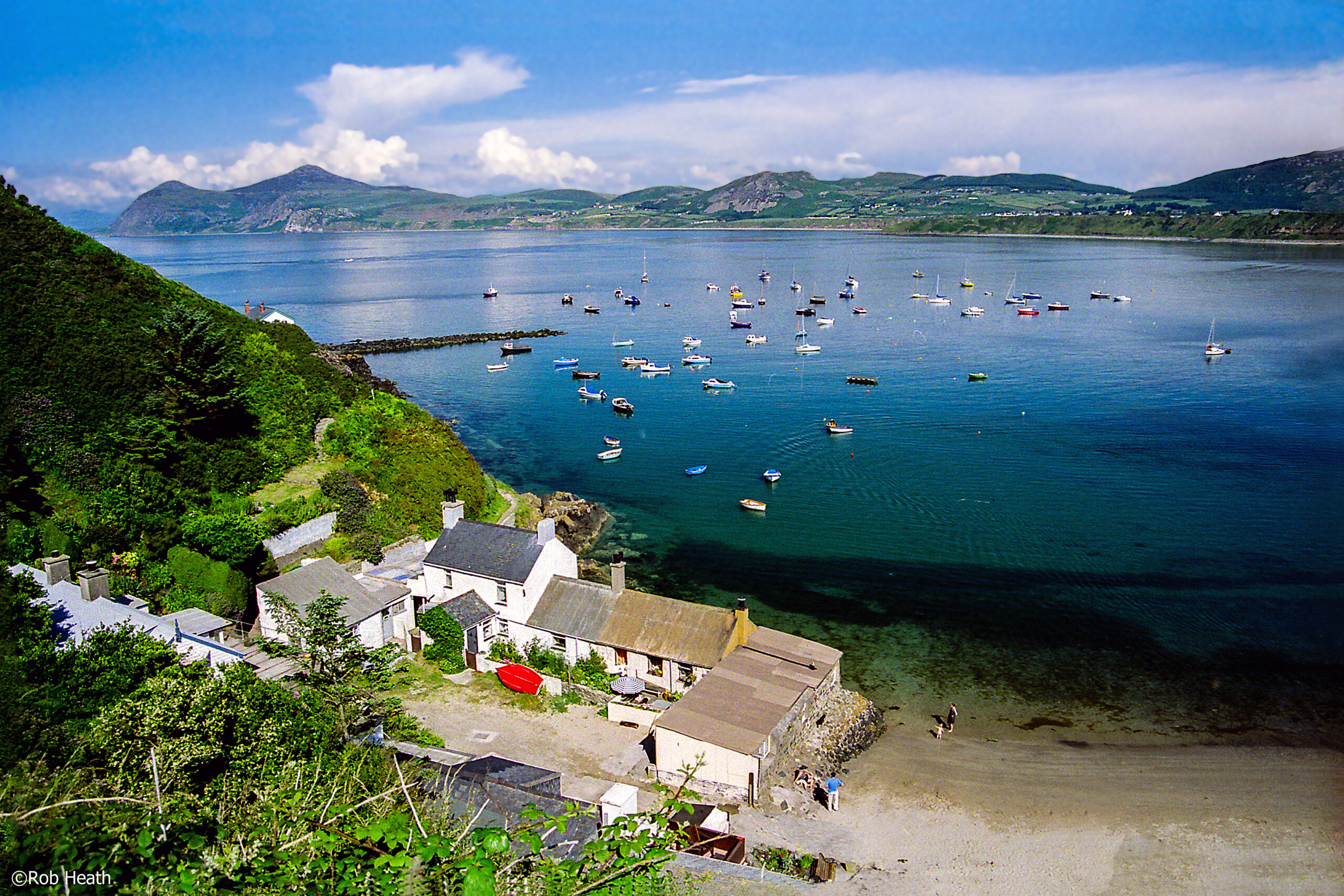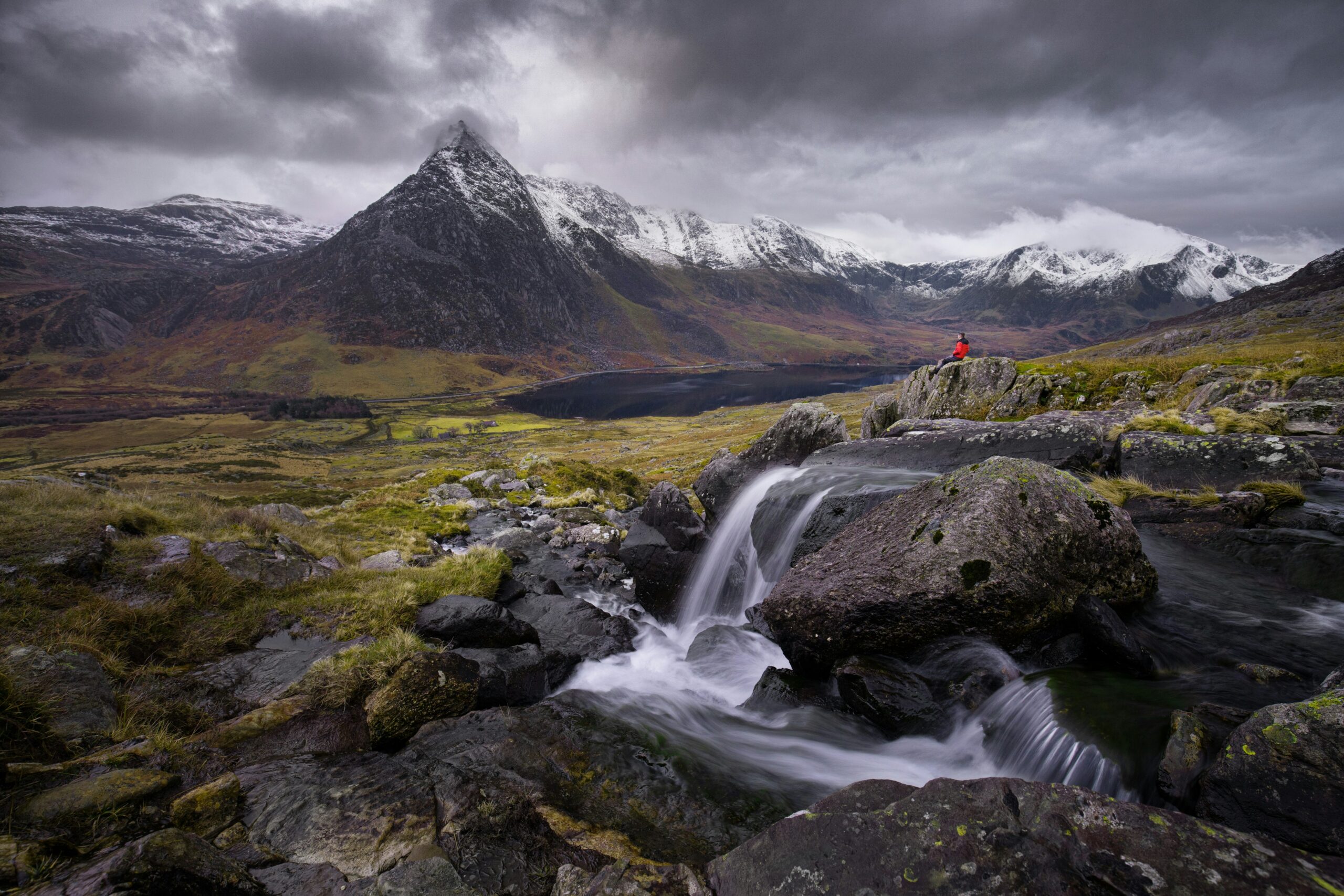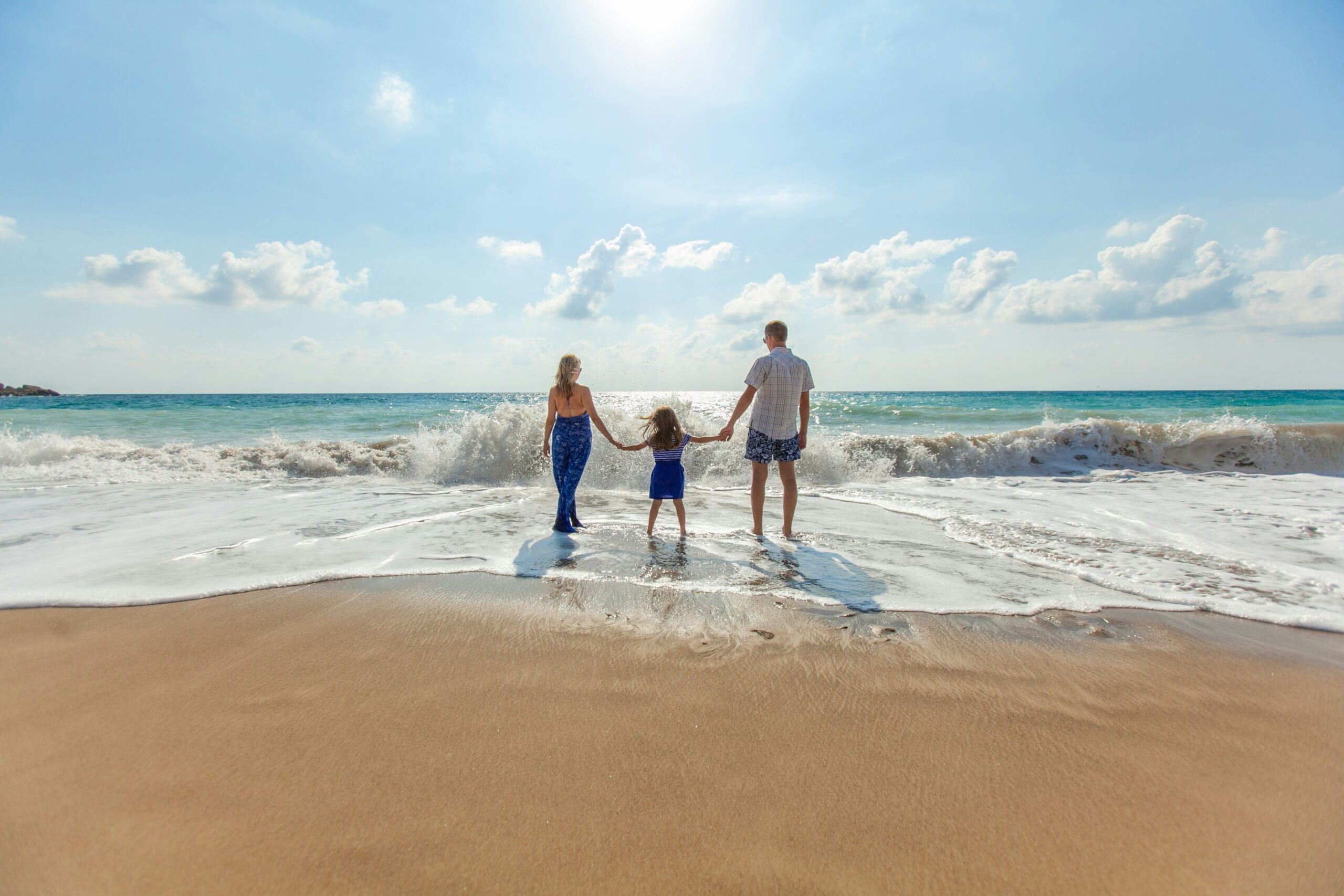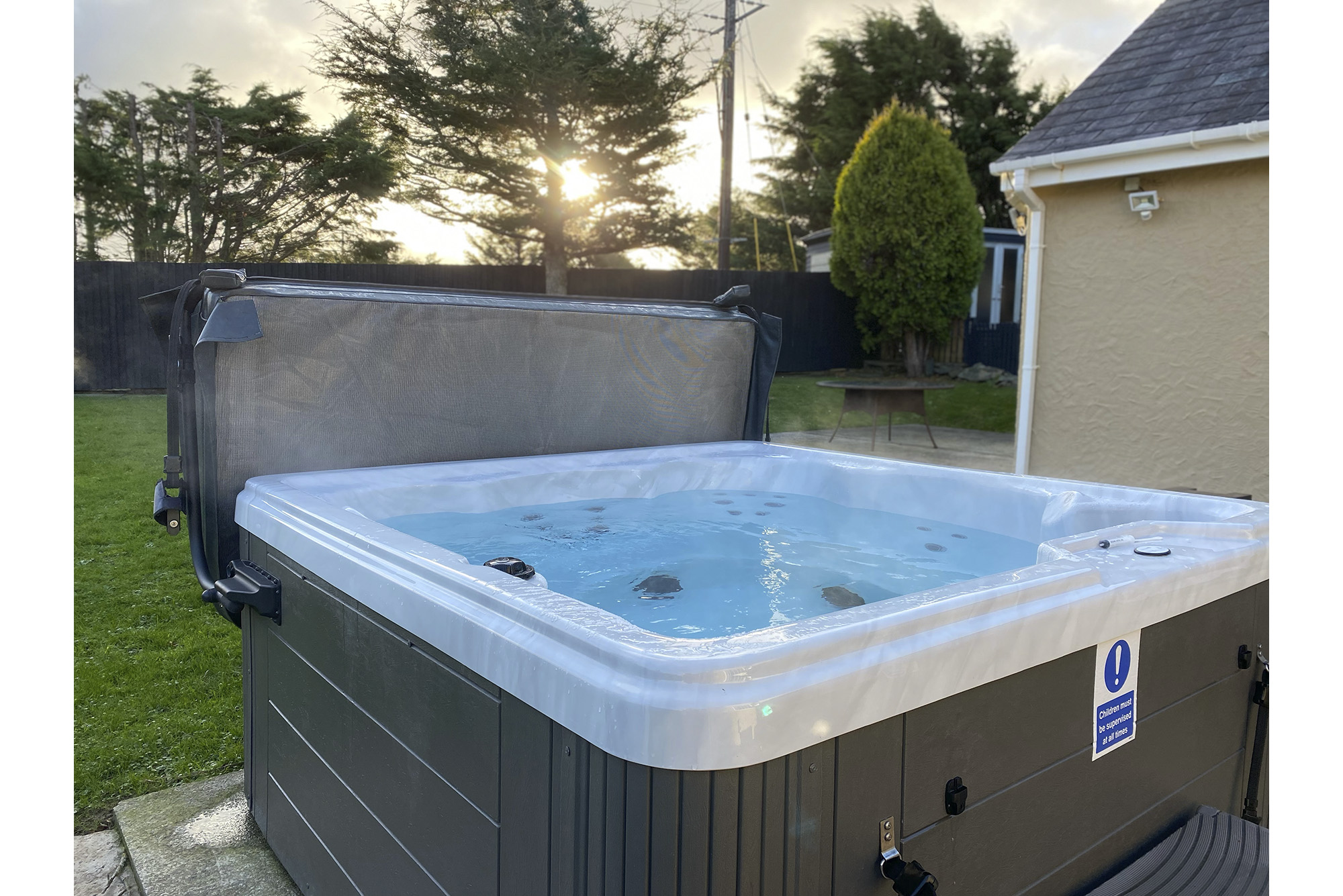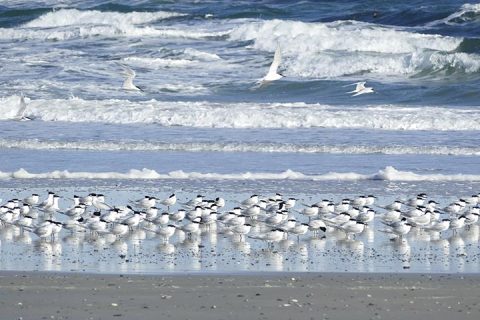Cemaes Bay and Surrounding Area
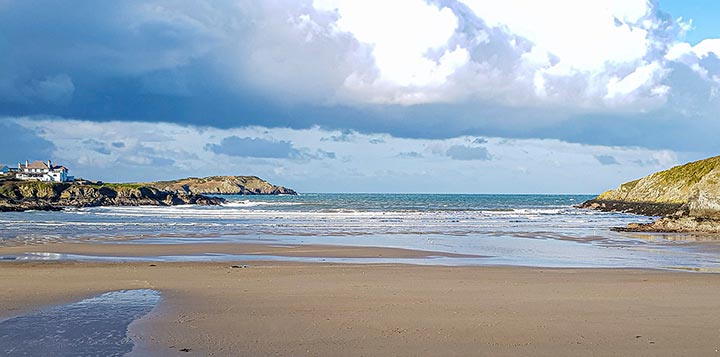
An Industrial Past
In days gone by, Cemaes Bay was one of the busiest ports in mediaeval Wales, the bay was also known as Porth Wygyr. Nowadays it is a quiet and peaceful harbour, but that wasn’t always the case and was once a very busy industrial port exporting many goods for the construction sector and importing everything that was needed for a rural community would want but couldn’t supply itself.
Herring was always the day’s catch in Cemaes when the village was also a fishing village in the old days. Cemaes Bay became a prosperous harbour during the 18th and 19th Centuries. From White Lady Bay, ships were used to transport bricks, grain, lime, ochre, marble, limestone, and other goods. Flour and coal were imported into the area. Many locals were employed in shipbuilding in the 1830s when 100 to 400-tonne ships were constructed in the harbour which is ideally sheltered for this venture.
Carrying on about the bay’s industrial past, in a Hoffman-type kiln, the Klondyke Brickworks started producing bricks in 1907 on the outskirts of the village, close to the bypass. The bricks were transported by horse-drawn truck on the rail track down to the harbour and returned full of coal to fire the kiln and keep the process going.
At Porth Wen Brickworks, clay and quartzite were extracted from the surrounding cliffs and used to create glazed bricks for home use as well as silica bricks for the steel industry until 1914.
Nature
The name of the river which flows into the sea at Cemaes is the River Wygyr. It starts its journey to the sea at the foot of Parys Mountain, Amlwch and meanders its way past the old Shell Tank plant at Rhosgoch where it is joined by another small stream from the Fodol Lake. The name Wygyr means where two rivers meet.
The wildlife at Cemaes includes foxes and peregrine falcons. On Wylfa Head, you can typically see porpoises coming to the surface for a breath of air. They have the ideal feeding grounds there because of the currents. Fishing is excellent in Cemaes Harbour since you may be able to catch red crabs, flatfish, Atlantic mackerel, and other fish and crustaceans that frequent the area. The only Sandwich Tern breeding colony in Wales is located in Cemlyn, which is close to Cemaes Bay too.

Cemlyn Nature Reserve
A coastal lagoon and shingle ridge at Cemlyn Nature Reserve, which is owned by the National Trust and run by the North Wales Wildlife Trust, are close neighbours to Cemaes. As we said earlier, one of the largest breeding colonies of sandwich terns may be found in Cemlyn during the summer, but you’re in for a real treat because Cemlyn attracts a lot of rare bird species including the rare Roseate Tern, so ideal for bird watchers.
What To Do In Camaes
Cemaes Heritage Centre – The accessible centre includes a brand-new heritage experience, where guests can find out about Cemaes’s earlier days and those of the Llanbadrig region. Its history ranges from Stone Age nomads through its ties to the indigenous Welsh Princes to its more modern marine and industrial past. Visit: www.cemaesheritagecentre.org
Cemaes Historical Society – Cwmni Cemaes Cyf hosts a series of interesting history lectures throughout the year.
Cemaes Maritime Collection – a fascinating collection of pictures, photographs, memorabilia and artefacts charting the development, and tragedies, of shipping through the ages. Visit: www.cemaesmaritimecollection.co.uk
